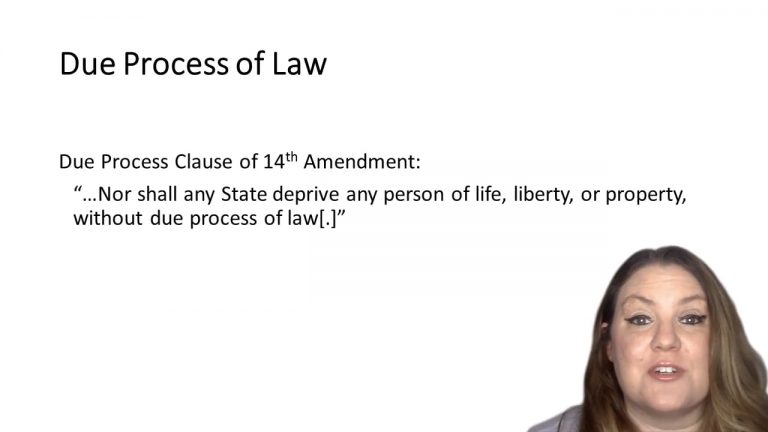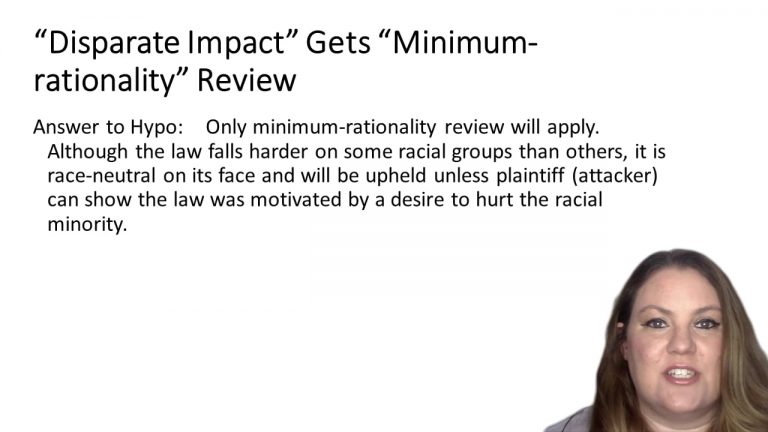SmartBrief
Confirm favorite deletion?
Criminal Law Keyed to Gershowitz
Lawrence v. Texas
Citation:
539 U.S. 558, 123 S.Ct. 2473, 156 L.Ed.2d 508.Facts
In Houston, Texas, officers of the Harris County Police Department were dispatched to a private residence in response to a reported weapons disturbance. They entered an apartment where one of the petitioners, John Geddes Lawrence, resided. The officers observed Lawrence and another man, Tyron Garner, engaging in a sexual act. The two petitioners were arrested, held in custody over night, and charged and convicted of violating Tex. Penal Code Ann. § 21.06(a), which prohibited sexual intercourse with another individual of the same sex.
Lawrence and Garner appealed.
Only StudyBuddy Pro offers the complete Case Brief Anatomy*
Access the most important case brief elements for optimal case understanding.
*Case Brief Anatomy includes: Brief Prologue, Complete Case Brief, Brief Epilogue
- The Brief Prologue provides necessary case brief introductory information and includes:
Topic:
Identifies the topic of law and where this case fits within your course outline.Parties:
Identifies the cast of characters involved in the case.Procedural Posture & History:
Shares the case history with how lower courts have ruled on the matter.Case Key Terms, Acts, Doctrines, etc.:
A case specific Legal Term Dictionary.Case Doctrines, Acts, Statutes, Amendments and Treatises:
Identifies and Defines Legal Authority used in this case.
- The Case Brief is the complete case summarized and authored in the traditional Law School I.R.A.C. format. The Pro case brief includes:
Brief Facts:
A Synopsis of the Facts of the case.Rule of Law:
Identifies the Legal Principle the Court used in deciding the case.Facts:
What are the factual circumstances that gave rise to the civil or criminal case? What is the relationship of the Parties that are involved in the case.Issue(s):
Lists the Questions of Law that are raised by the Facts of the case.Holding:
Shares the Court's answer to the legal questions raised in the issue.Concurring / Dissenting Opinions:
Includes valuable concurring or dissenting opinions and their key points.Reasoning and Analysis:
Identifies the chain of argument(s) which led the judges to rule as they did.
- The Brief Prologue closes the case brief with important forward-looking discussion and includes:
Policy:
Identifies the Policy if any that has been established by the case.Court Direction:
Shares where the Court went from here for this case.

 2m 6s
2m 6s 5m 39s
5m 39s